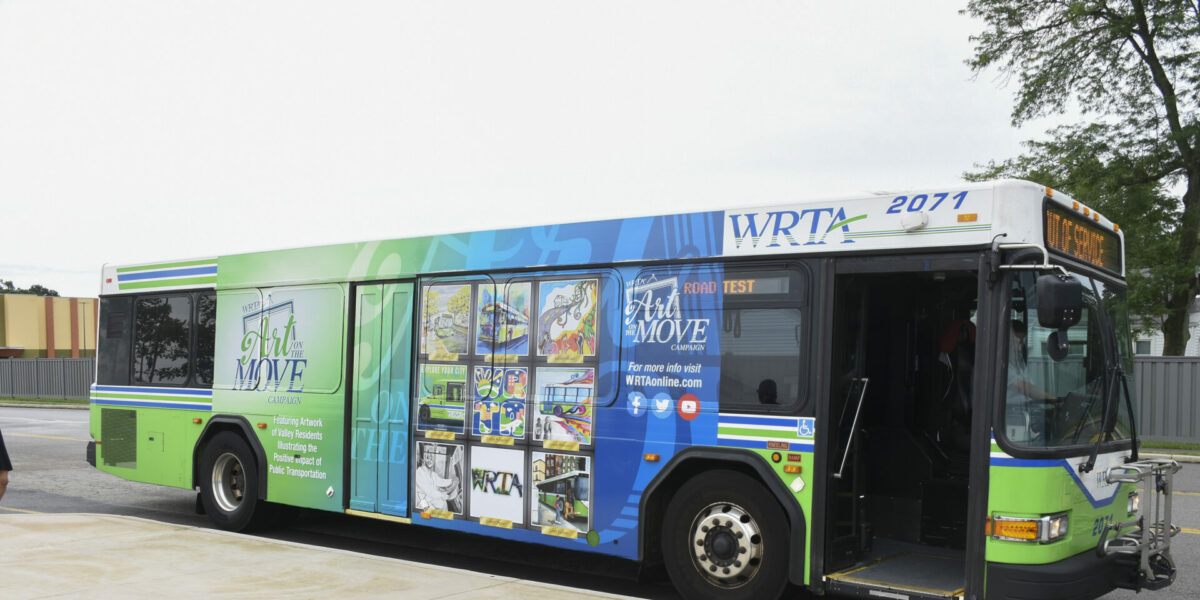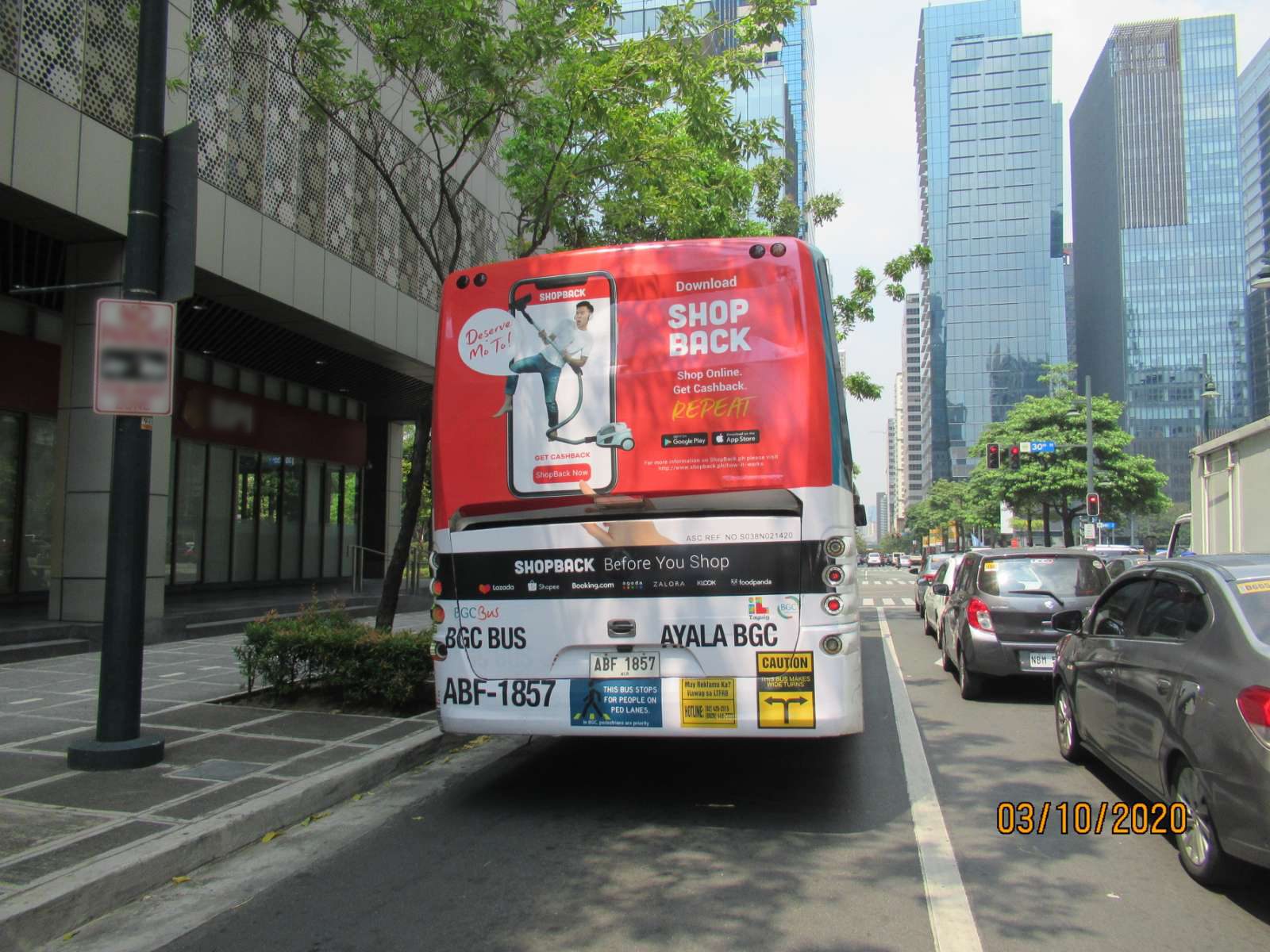Reliable Transit Advertising Philippines to Expand Your Target market
Reliable Transit Advertising Philippines to Expand Your Target market
Blog Article
Comprehending the Duty of Transportation Marketing in Enhancing Brand Presence and Consumer Involvement
Transportation advertising and marketing has actually become an essential aspect in the marketing landscape, providing special possibilities for brands to raise their presence and engage consumers successfully. With the capacity to reach a varied and captive target market during their day-to-day commutes, these advertising strategies are not simply about presence; they are concerning creating purposeful links with possible clients. As we discover the complex advantages and innovative methods within transportation marketing, it ends up being crucial to take into consideration just how these components collectively influence consumer assumption and actions, raising inquiries concerning their long-term effect on brand loyalty.
Definition of Transportation Marketing
Transportation advertising describes the method of advertising products, services, or brand names through promotions positioned in and around public transport systems. This type of advertising encompasses a selection of positionings, including posters on buses and trains, digital displays at transit terminals, and covers on the exterior of cars. It intends to reach a diverse target market, exploiting on the high foot traffic related to public transportation.
Transportation advertising is purposefully positioned to capture the interest of commuters, that frequently spend considerable time waiting or traveling. By incorporating ads into the daily routines of individuals, brand names can create a lasting perception and foster brand name recognition. The medium is especially effective in city atmospheres, where public transport is a primary setting of traveling.
Additionally, transit marketing can facilitate localized targeting, permitting businesses to get to specific demographics based on transit courses and station areas. As city populaces expand and making use of public transportation boosts, this advertising method has actually acquired prominence as an important component of incorporated advertising strategies. The dynamic nature of transportation advertising, integrated with its capability to involve customers in a restricted environment, underscores its significance in contemporary advertising practices.
Advantages of Transit Marketing
The effectiveness of transit marketing depends on its ability to deliver a wide range of advantages to brand names seeking to improve presence and interaction. Among the primary advantages is the comprehensive reach it provides; transportation ads can successfully target diverse demographics throughout metropolitan areas, getting to both commuters and pedestrians alike. This wide direct exposure substantially boosts brand name understanding.
An additional benefit is the high regularity of impacts. As transportation lorries follow recognized paths and quit at multiple areas, they develop recurring exposure that reinforces brand name messages. This frequency fosters familiarity, which is vital in customer decision-making.
Transportation marketing is also cost-efficient compared to other media platforms. Given its large reach and possibility for high perceptions, brands commonly experience a reduced expense per thousand perceptions (CPM), optimizing their advertising and marketing budget plan.
In addition, transit ads can develop a sense of community link. By lining up with regional transportation systems, brand names can reverberate with local target markets and promote a sense of neighborhood pride. This localized technique enhances brand name loyalty and involvement, making transit advertising an engaging option for organizations aiming to solidify their existence on the market.

Effective Techniques for Transit Campaigns
To make best use of the effect of transportation projects, brands ought to leverage strategic planning and execution tailored to their target audience. First, recognizing the demographic qualities of the audience using public transit is vital. This permits brand names to develop personalized messaging that reverberates with possible consumers.
Next, picking the right transit mediums is necessary. Whether making use of bus wraps, train posters, or electronic screens, each tool has special benefits that can improve presence. For circumstances, lively visuals on bus covers can stand out, while digital advertisements can be updated regularly to reflect timely promos.
Moreover, integrating a natural branding technique across transportation systems makes certain consistency and strengthens the brand's identification. Making use of memorable taglines and appealing designs will reinforce brand name recall among travelers.
Finally, timing is a vital element in implementing successful transit projects. Introducing campaigns throughout top travel hours or local events can significantly boost exposure and involvement. By employing these methods, brands can properly harness the possibility of transit marketing, cultivating greater awareness and connection with their target market. Eventually, a well-executed transit project can drive substantial growth in brand name exposure and customer interaction.

Measuring Impact and Interaction
In evaluating the efficiency of transportation marketing campaigns, precise measurement of influence and interaction is necessary for brand names looking for to optimize their advertising methods. Metrics such as reach, regularity, and impressions supply foundational data to analyze visibility. Examining these try these out elements assists establish the amount of potential clients are subjected to the ads during their everyday commutes.
Involvement can be further assessed with customer communications, such as internet site web traffic, social networks mentions, and straight feedbacks to calls-to-action featured in the ads. Using tools like QR codes or one-of-a-kind URLs can facilitate tracking of customer behavior straight connected to transportation campaigns. Studies and comments mechanisms additionally work as useful approaches to collect qualitative information on customer understandings and recall of the advertisement.
Moreover, advanced analytics and attribution models can correlate transit exposure with subsequent buying habits, supplying insights into the roi. By utilizing a thorough method that incorporates quantitative and qualitative measures, brands can create a nuanced understanding of their transportation marketing effect. Inevitably, this data-driven method allows brand names to fine-tune their campaigns, ensuring they reverberate effectively with target market and boost overall brand name presence.
Situation Researches of Successful Projects
Effective transportation marketing campaign function as compelling examples of exactly how reliable methods can elevate brand visibility and interaction. Transit Advertising Philippines. One significant situation is the "I Love New york city" campaign, which transformed the city's picture and drew in millions of vacationers. By utilizing subway advertisements, signboards, and bus wraps, the project developed a strong, cohesive brand name identity, leading to a considerable uptick in tourism and local organization patronage
An additional excellent campaign is Coca-Cola's "Share a Coke" campaign, which leveraged transportation marketing to individualize the brand name experience. By including prominent names on advertising products throughout various transit systems, Coca-Cola fostered a much deeper psychological connection with customers, encouraging them to share their experiences on social networks.
Furthermore, the "Got Milk?" project efficiently utilized public transport advertisements to reach a broad audience, reinforcing the message of the relevance of milk in a well balanced diet regimen. The campaign saw a quantifiable increase in milk consumption in target demographics.
These case studies show that when executed click here to find out more thoughtfully, transportation marketing can considerably enhance brand name visibility, foster customer engagement, and drive quantifiable outcomes, demonstrating its essential function in modern advertising and marketing strategies. - Transit Advertising Philippines
Final Thought
In conclusion, transportation advertising offers as an essential device for boosting brand visibility and promoting customer interaction. Ultimately, the capacity to gauge involvement and evaluate successful case studies highlights the efficiency of transit advertising in driving brand name commitment and customer interactions.
Transit advertising and marketing has actually emerged as a crucial component in the marketing landscape, supplying special possibilities for brands to elevate their presence and engage customers efficiently.Additionally, transit marketing can facilitate localized targeting, enabling companies to reach details demographics based on transit paths and station places.In assessing the performance of transit advertising campaigns, accurate measurement of effect and involvement is necessary for brands looking for to maximize their advertising and marketing read the full info here techniques.Successful transit advertising and marketing campaigns offer as engaging examples of just how efficient techniques can elevate brand name presence and involvement.In conclusion, transportation marketing serves as an essential tool for improving brand name exposure and fostering customer involvement.
Report this page